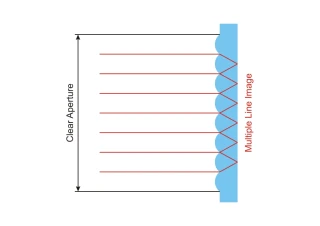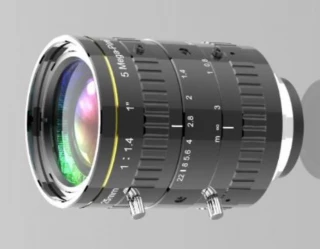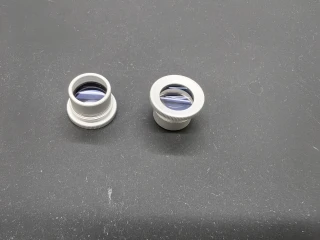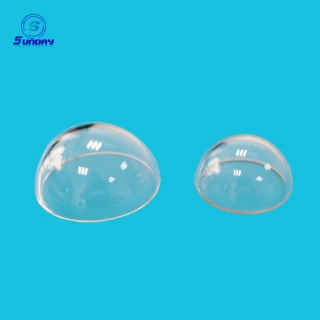Optical Lenses for Every Application
Frequently Asked Questions
What is an achromatic lens?
An achromatic lens is a lens that is designed to correct for chromatic aberration, which can cause images to appear blurry or distorted. Achromatic lenses are made by combining lenses with different refractive indices to minimize the effect of chromatic aberration. Achromatic lenses are commonly used in applications such as microscopy, photography, and telescope optics.
What is the difference between a plano-convex lens and a double convex lens?
A plano-convex lens has one flat surface and one convex surface, while a double convex lens has two convex surfaces. Plano-convex lenses are commonly used for collimation and focusing applications, while double convex lenses are often used in imaging systems, such as microscopes and cameras.
Can I use plastic lenses instead of glass lenses?
Yes, plastic lenses can be used in many applications instead of glass lenses. Plastic lenses are typically lighter and less expensive than glass lenses, and they can be easier to manufacture in complex shapes. However, plastic lenses may have lower optical quality than glass lenses and may be more prone to scratches and damage.
How do I choose the right lens for my application?
The choice of lens for your application will depend on a number of factors, including the wavelength of the light, the desired focal length, the size of the lens, and the required optical quality. You should also consider the materials and coatings used in the lens, as well as any environmental factors that may affect performance. If you are unsure which lens is right for your application, consult with a knowledgeable supplier or manufacturer for guidance.
What is an aspheric lens?
An aspheric lens is a lens with a non-spherical shape that allows for better correction of optical aberrations. Unlike spherical lenses, which can only focus light to a single point, aspheric lenses can focus light to multiple points, leading to sharper images. Aspheric lenses are commonly used in applications such as cameras, telescopes, and laser systems.
How are lenses manufactured?
Lenses are typically manufactured using a process called grinding and polishing. The lens material is shaped into a rough form using a grinding wheel, and then polished to achieve the desired shape and surface finish. More advanced manufacturing methods, such as diamond turning and injection molding, are also used to create lenses with complex shapes or high precision.
Can lenses be damaged by exposure to the environment?
Yes, lenses can be damaged by exposure to environmental factors such as moisture, dust, and temperature fluctuations. To ensure optimal performance and longevity, it's important to store lenses in a dry and clean environment and to handle them carefully to avoid scratches and damage.
What is a telecentric lens?
A telecentric lens is a lens that maintains a constant angle between the object and the lens, resulting in a constant magnification and image size regardless of the object's position. This makes them ideal for machine vision and measurement applications where precision is important.
What is lens coating and why is it important?
Lens coating is a process in which a thin layer of material is applied to the surface of a lens to improve its optical performance. Coatings can reduce glare, increase light transmission, and improve scratch resistance. They are important for optimizing the performance of lenses in specific applications and can improve overall image quality.
FindLight.net is your one-stop-shop for all types of optical lenses. Our extensive selection includes spherical lenses, cylindrical lenses, achromatic lenses, and more from top manufacturers and suppliers in the industry. Whether you're looking for imaging lenses, illumination lenses, or laser optics, we have the right solution for your needs.
















